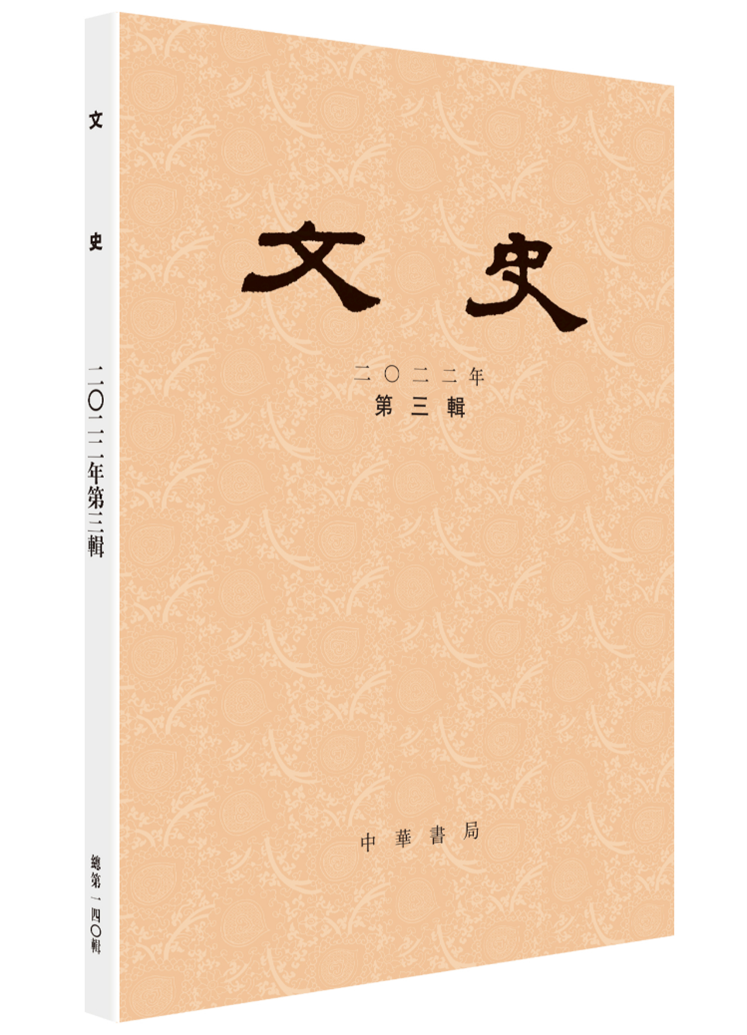
載《文史》,中華書局,2022年第3輯,第99-116頁
【摘要】漢魏時期的重要道派天師道主張道無形象,對製作與使用血食祭祀神像持批評態度。漢魏六朝時期國家宗教和民間宗教中流行的祖先、聖賢、神仙的畫像、木像、畫像石與六朝時期江南地區巫覡製作的神像,都不能算是真正的道教造像。漢代道書《太平經》中記録了早期存思法所使用的身神圖,晋代南方地區的道教方士也使用神像作爲存思的輔助。隨着東晋末劉宋初融攝佛教、天師道和方士傳統的古靈寶經及其倡行的靈寶科儀問世,道教神像題材逐漸豐富,並開始用於儀式活動中。至 5 世紀,道教進一步吸收佛教功德觀念,造像成爲積累功德的途徑之一,宗教義理的轉變與信仰實踐的需要共同推動了道教造像之風的盛行。
【關鍵詞】道教造像 存思 古靈寶經 功德 佛教
【作者簡介】趙川,西南交通大學人文學院講師
A New Study on the Origins of the Daoist Statues
Abstract:The Way of the Celestial Master, the important Daoist lineage of the Han-Wei era, emphasized that the Dao was formless, and it criticized blood rites and the making of deity statues. Visual imagery, wooden figurines, and stone murals in the cults of the ancestors, sages, and transcedents were commonly used during the Han, Wei, and Six Dynasties in both the state religion and popular religion. At the same time mediumistic cults in the Jiang’nan region also used deity figurines. None of these images and statues are truly Daoist. The Scripture of Great Peace, a Han-era Daoist text, provides early records for the use of images of body gods in visualization. During the Jin, we have records of southern Fangshi (Masters of Techniques) also using images as aides for visualization. The Lingbao scriptures that were revealed at the end of the Eastern Jin and early Liu-Song merged Buddhism, Celestial Master Daoism, and Master of Techniques traditions. The rituals advocated in the Lingbao scriptures promoted the development of Daoist statues. From the fifth century, Daoists have further absorbed Buddhist notions of merit making, with statues being one of the major paths for merit making. Changes in theology and in the needs of religious practice together led to the prevalence of statues in Daoism.
Key words:Daoist statues, Visualization, Ancient Lingbao Scriptures, Merit Making, Buddhism
英文摘要由美國達特茅斯學院李福(Gil Raz)副教授提供並經呂鵬志教授修訂。
>>論文全文
(來源:趙川)
返回列表


